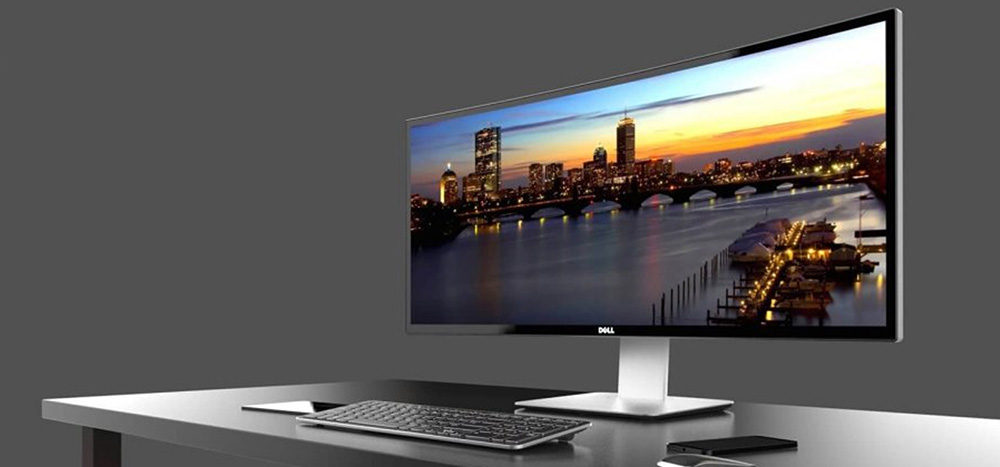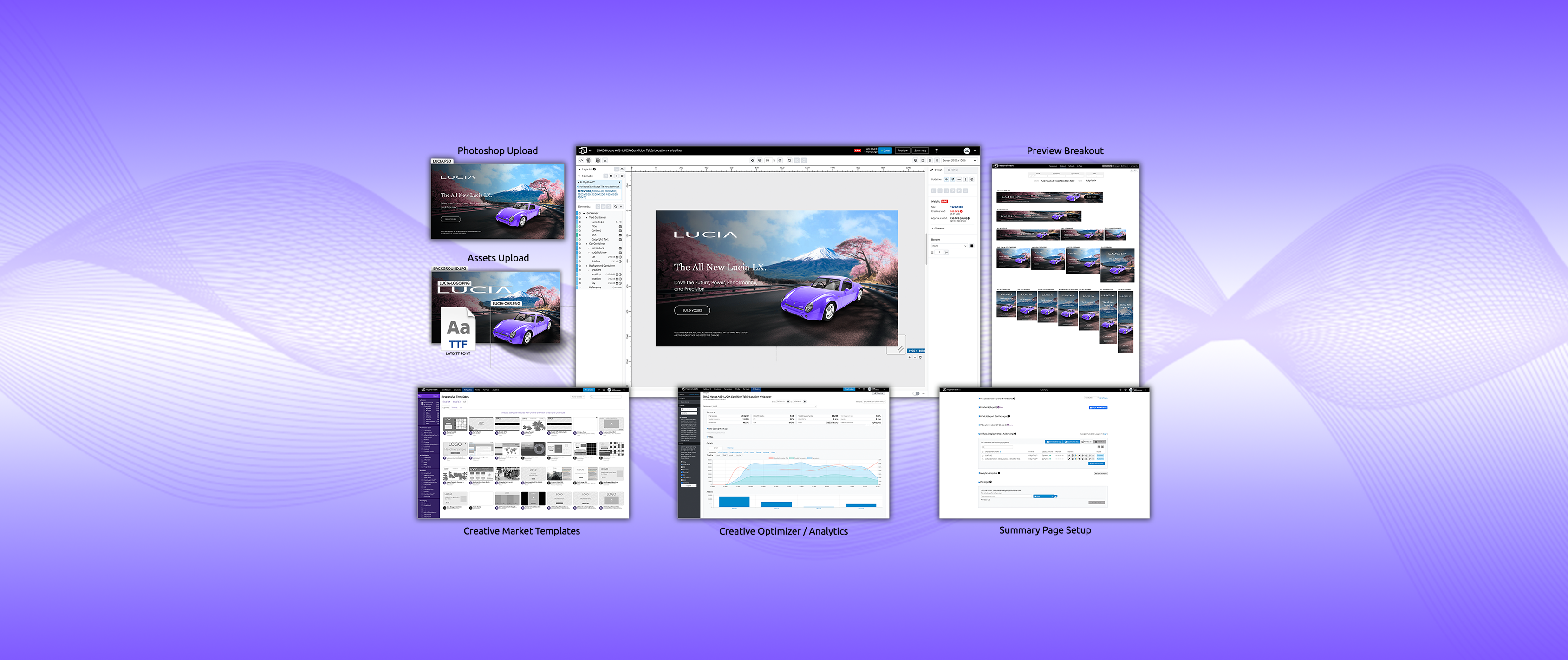
(Screen) Size Matters: Is Responsive Web Design the Solution for Changing Screen Size Use?
By Elisa Rivero
People are increasingly using larger screens at home and work, and more and more people are replacing laptops with tablets. These changes illustrate how important it is for publishers to embrace Responsive Web Design and Responsive Advertising solutions.
According to a report from research firm IDC, sales of desktop and laptop PC computers dropped a dramatic 14 percent in the first quarter of 2013 compared to a year ago, following the release of Windows 8. It was only expecting a 7.7 percent drop. We think this study shows that it is key for publishers to implement cross-screen monetization strategies.
“Instead of buying new laptops or desktops, people are buying tablets and smartphones, which serve as good-enough alternatives,” says a report from Business Insider.
Gartner also released its own report focusing on PC sales. It says that overall PC sales dipped 11.2 percent, and the trend of consuming content on smartphones and tablets is increasing.
While consumers are increasingly turning to smartphones and mobile devices, businesses have been utilizing them too, but they have mixed reactions.
According to a report in The Financial Times, “Tablets can cause corporate headaches,” businesses like the idea behind tablets because they’re cheaper than desktops or laptops, but often times they’re too complicated.
A portion of the article reads: “Adapting legacy workforce applications to be accessible from tablets can be very expensive. These need to be much simpler to use and robust – for example, not prone to cutting out if the user is on a train that enters a tunnel or enters a lift.”
Publishers, too, are increasingly switching screen sizes for newsroom and sales force uses.
Randy Parker, managing editor of the York Daily Record in Pennsylvania, recently spoke at America East 2013, a conference of newspaper tech and operations executives. He explained that 14 of his newsroom staffers now have iPads, and most editors and reporters have smartphones. In addition, his photographers are now using Nexus 7-inch tablets.
Kim Wilson, president and publisher of South Bend Tribune, said her sales team takes their iPads on the road with them, it saves them a lot of time, and allows them to pull up information on the road for advertisers.
Mel Taylor, founder of Mel Taylor Media, talked about how he launched BrigantineNow.com after Hurricane Sandy to provide aggregated information to the area. He used WordPress to create the site, and he chose a template that uses Responsive Web Design.
“Although the reduction in shipments was not a surprise, the magnitude of the contraction is both surprising and worrisome,” said David Daoud, IDC research director, Personal Computing, in a news release. “The industry is going through a critical crossroads, and strategic choices will have to be made as to how to compete with the proliferation of alternative devices and remain relevant to the consumer. Vendors will have to revisit their organizational structures and go to market strategies, as well as their supply chain, distribution, and product portfolios in the face of shrinking demand and looming consolidation.”
Related posts



